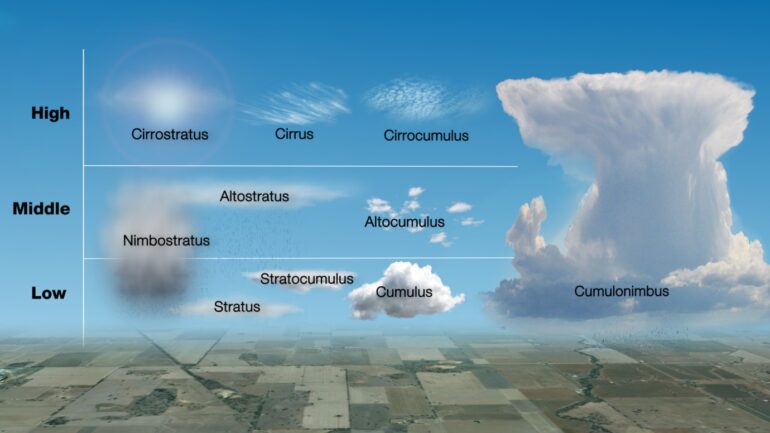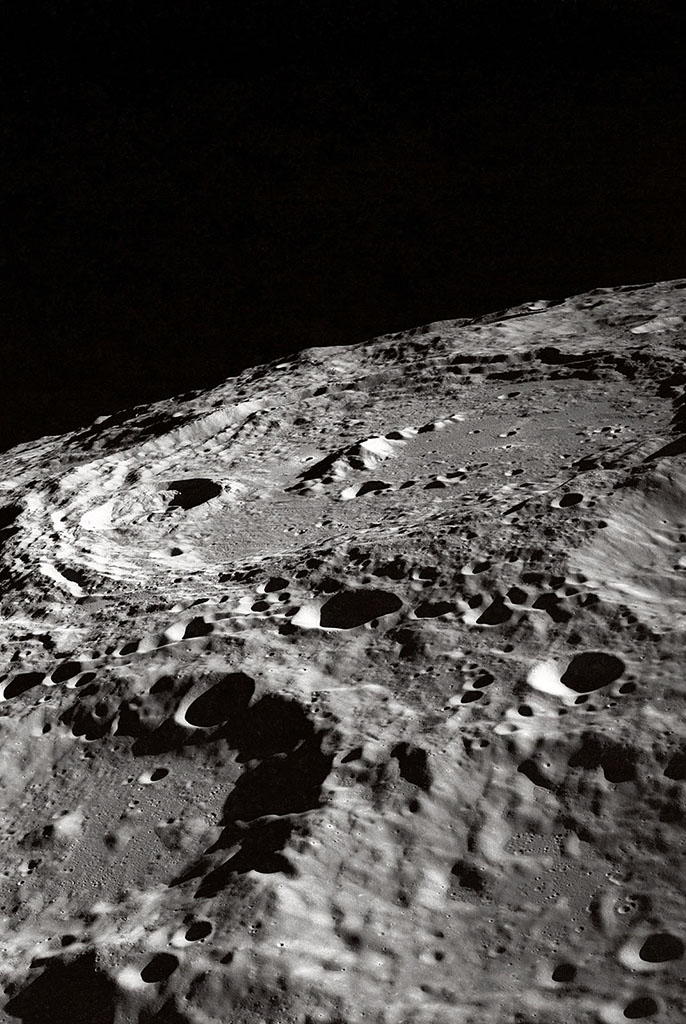
Curious Kids is a series for children of all ages. If you have a question you’d like an expert to answer, send it to [email protected].
How are clouds’ shapes made? – Amanda, age 5, Chile
I’m a meteorologist, and I’ve been fascinated by weather since I was 8 years old. I grew up in Minnesota, where the weather changes from wind-whipping blizzards in winter to severe thunderstorms – sometimes with tornadoes – in the summer. So, it’s not all that surprising that I’ve spent most of my life looking at clouds.
All clouds form as a result of saturation – that’s when the air contains so much water vapor that it begins producing liquid or ice.
Once you understand how certain clouds develop their shapes, you can learn to forecast the weather.
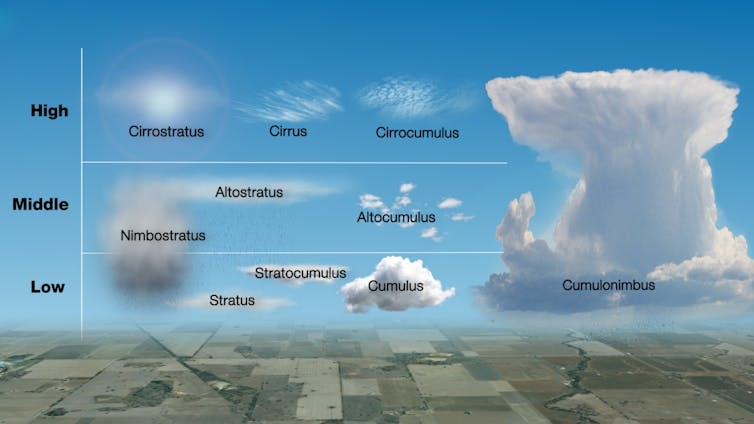
Cloud types show their general heights.
Australian Bureau of Meteorology
Cotton ball cumulus clouds
Clouds that look like cartoon cotton balls or cauliflower are made up of tiny liquid water droplets and are called cumulus clouds.
Often, these are fair-weather clouds that form when the Sun warms the ground and the warm air rises. You’ll often see them on humid summer days.
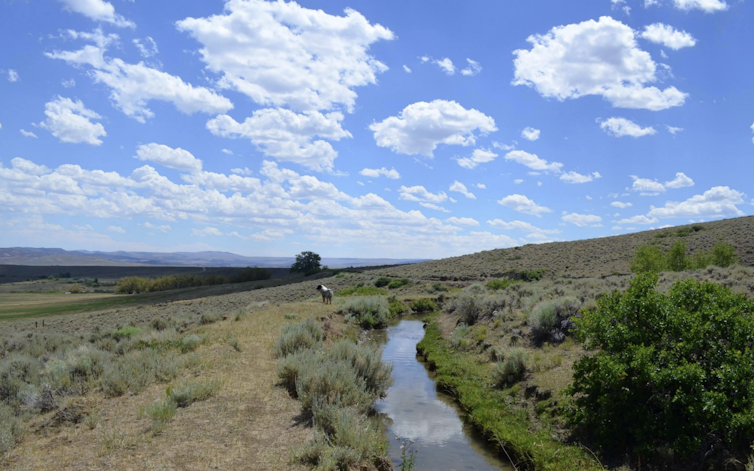
Cumulus clouds over Lander, Wyo.
Ross Lazear, CC BY-ND
However, if the air is particularly warm and humid, and the atmosphere above is much colder, cumulus clouds can rapidly grow vertically into cumulonimbus. When the edges of these clouds look especially crisp, it’s a sign that heavy rain or snow may be imminent.
Wispy cirrus are ice clouds
When cumulonimbus clouds grow high enough into the atmosphere, the temperature becomes cold enough for ice clouds, or cirrus, to form.
Clouds made up entirely of ice are usually more transparent. In some cases, you can see the Sun or Moon through them.
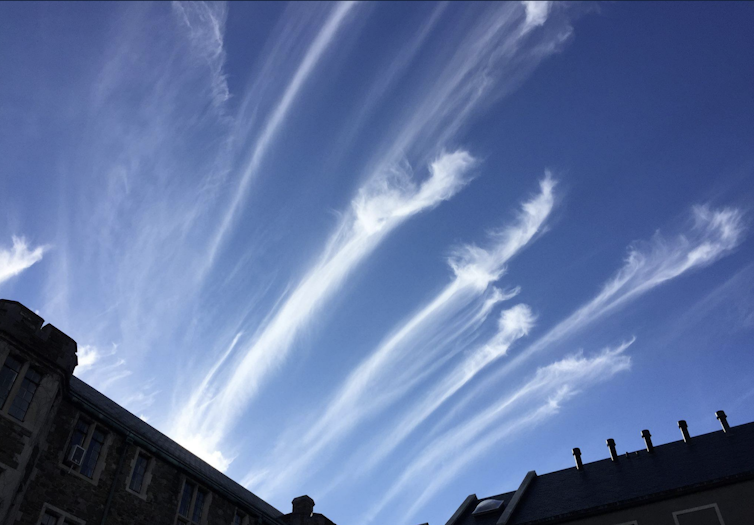
Cirrus clouds over the roof of Bard College in Annandale-on-Hudson, N.Y.
Ross Lazear, CC BY-ND
Cirrus clouds that forms atop a thunderstorm spread outward and can form anvil clouds. These clouds flatten on top as they reach the stratosphere, where the atmosphere begins to warm with height.
However, most cirrus clouds aren’t associated with storms at all. There are many ice clouds associated with tranquil weather that are simply regions of the atmosphere with more moisture but not precipitation.
Fog and stratus clouds
Clouds are a result of saturation, but saturated air can also exist at ground level. When this occurs, we call it fog.
In temperatures below freezing, fog can actually deposit ice onto objects at or near the ground, called rime ice.
Reading clouds, with the National Oceanic and Atmospheric Administration.
When clouds form thick layers, we add the word “stratus,” or “layer,” to the name. Stratus can occur just above the ground, or a bit…
